This page will house the official resources from EAPS 2025, including downloadable papers and video recordings of each session.
These materials are currently being prepared and will be made available in due course. We invite you to revisit this page periodically for updates.
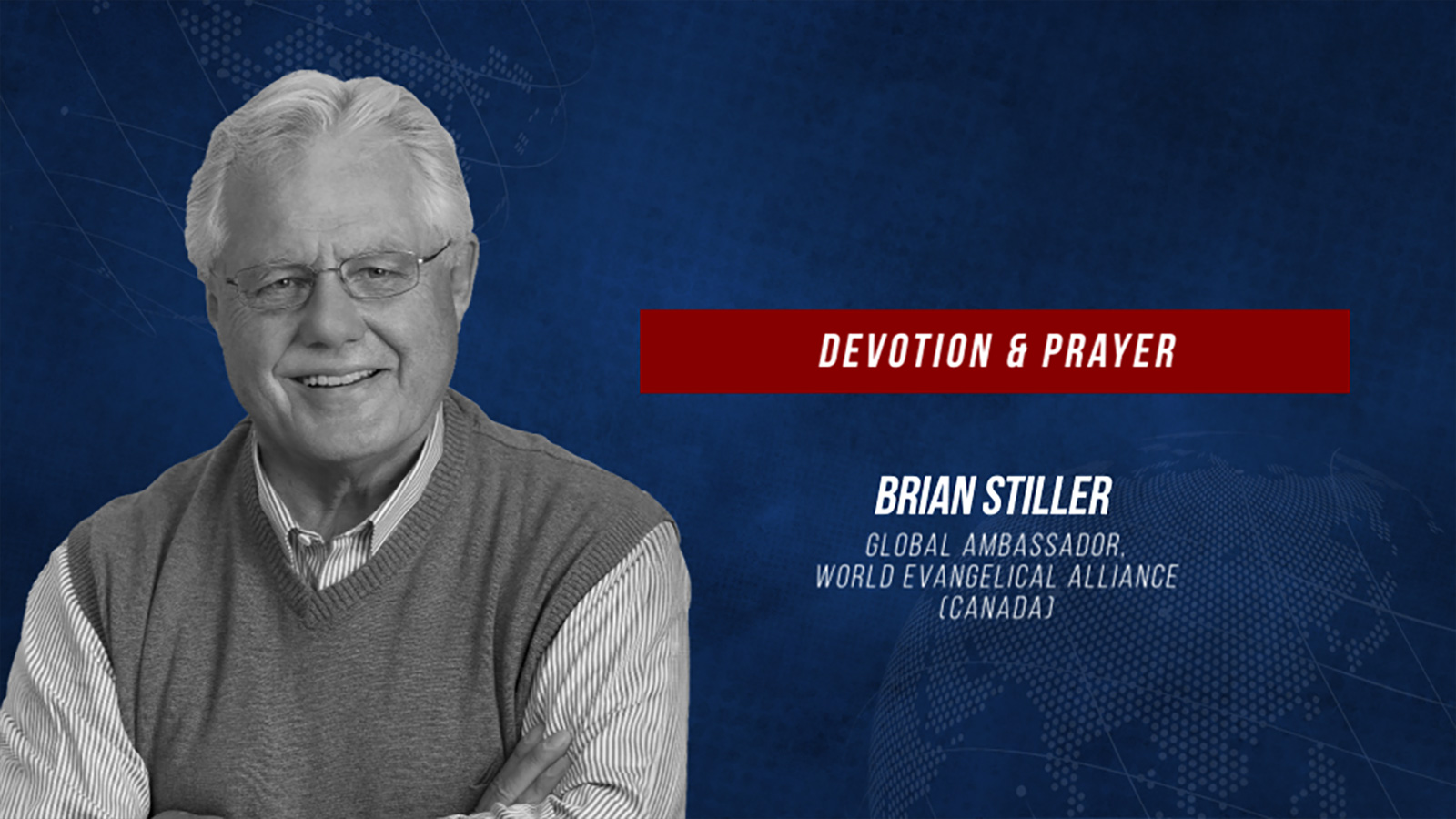
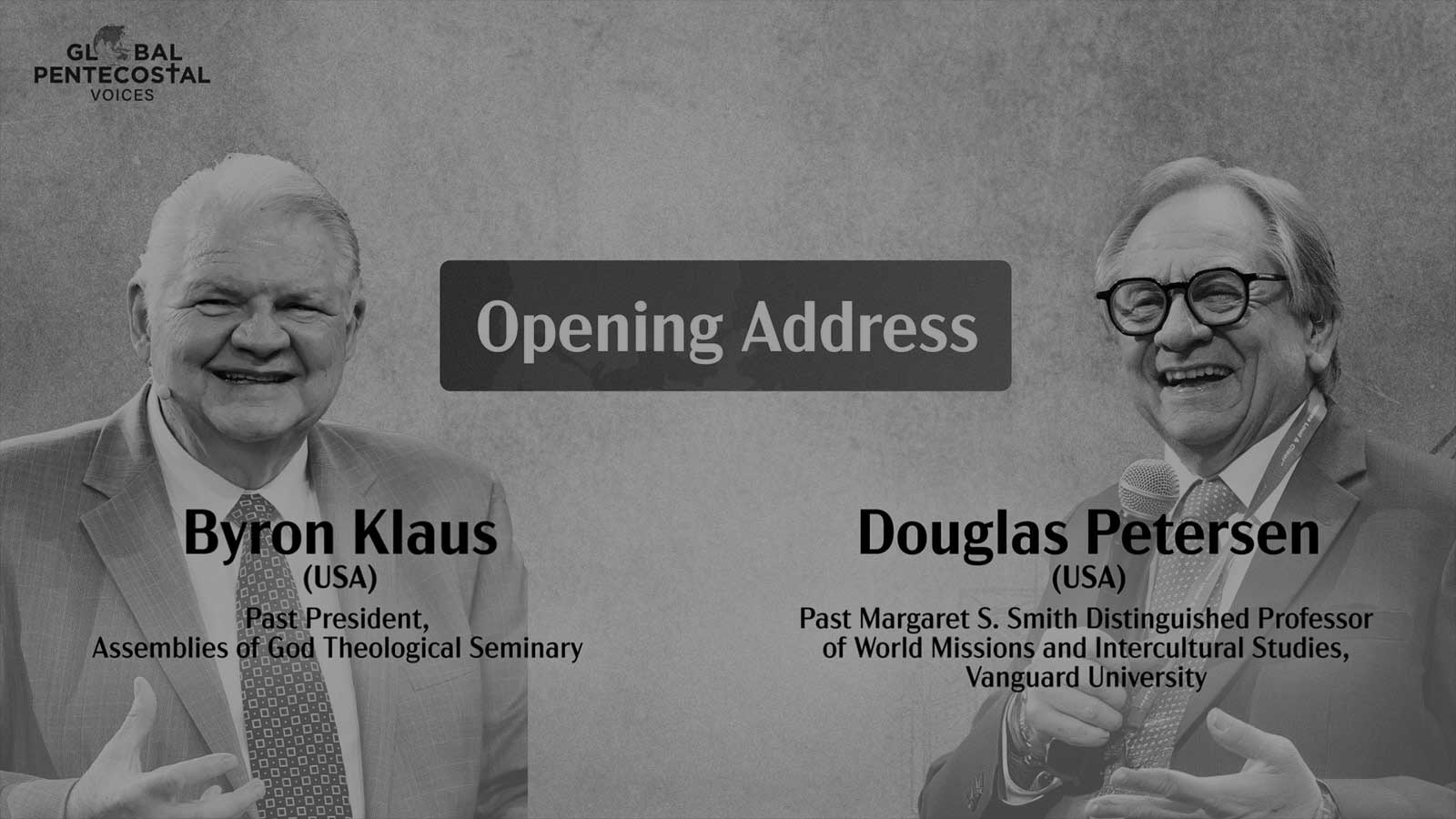
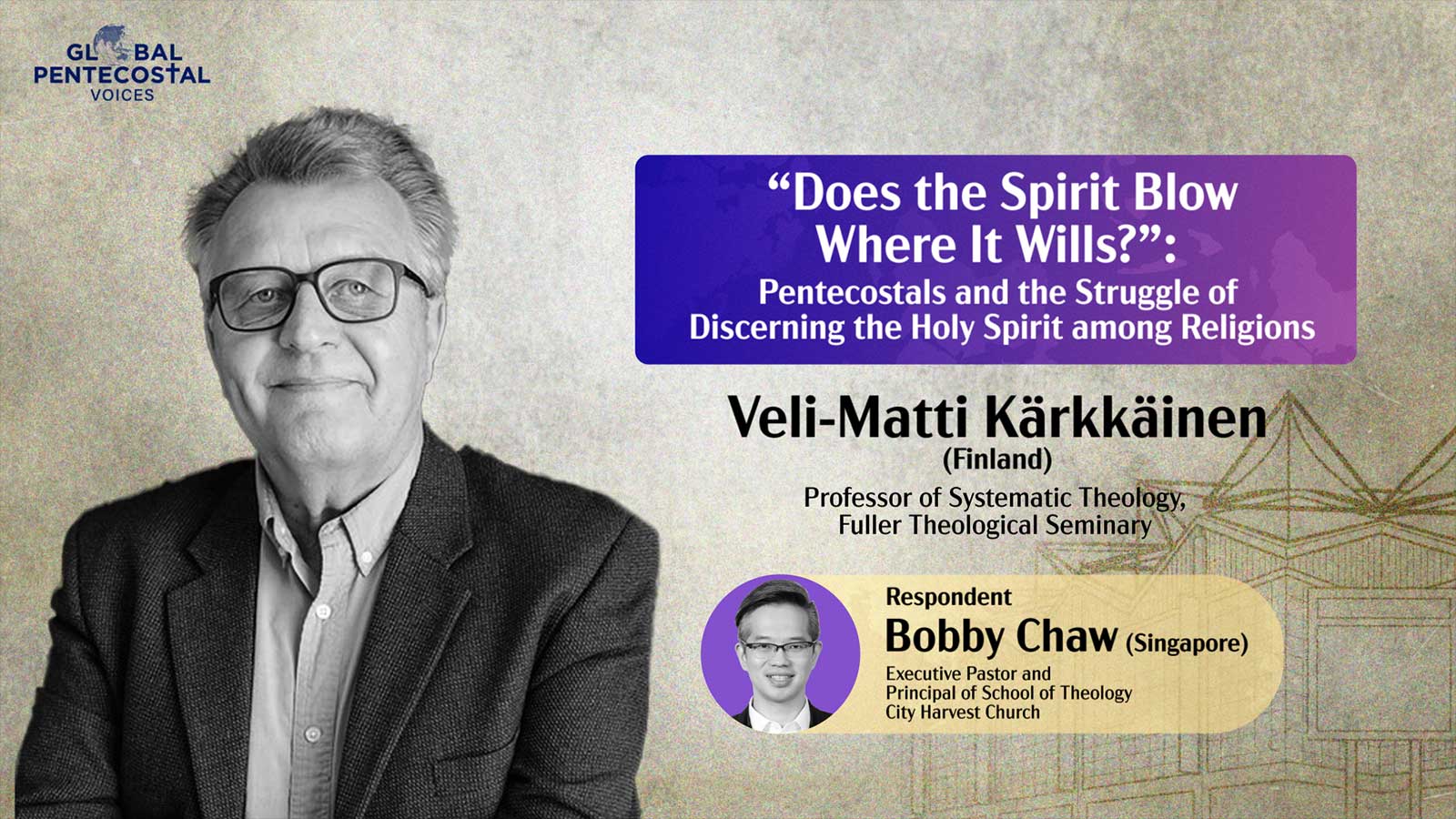
The purpose of this presentation is to explore the work of the Holy Spirit outside the church, particularly among other religions, and Pentecostals’ struggle to exercise the gift and capacity of discerning the Spirit of God and the spirit(s) therein. As a framework for the investigation, there is a comprehensive and multilayered account of the work of the Spirit of God in the world that God has created. The Holy Spirit is active and present not only in the Church, personal salvation, and charismatic empowerment, but also in creation and the workings of the world, society, and culture (politics, economy, arts, friendship, etc.), the spiritual powers and beings (such as angels and demons), as well as other religions and their visions of the “spirit(s).” Without succumbing to theological pluralism and universalism or weakening in evangelistic and holistic missional fervour, I challenge Pentecostals to reconsider their somewhat limited and restricted vision of the sovereign work of the Divine Spirit. If there is one place where such careful, Spirit-guided openness is urgently needed, it is across Asia. “The wind blows where it wills” (John 3:8, RSV).
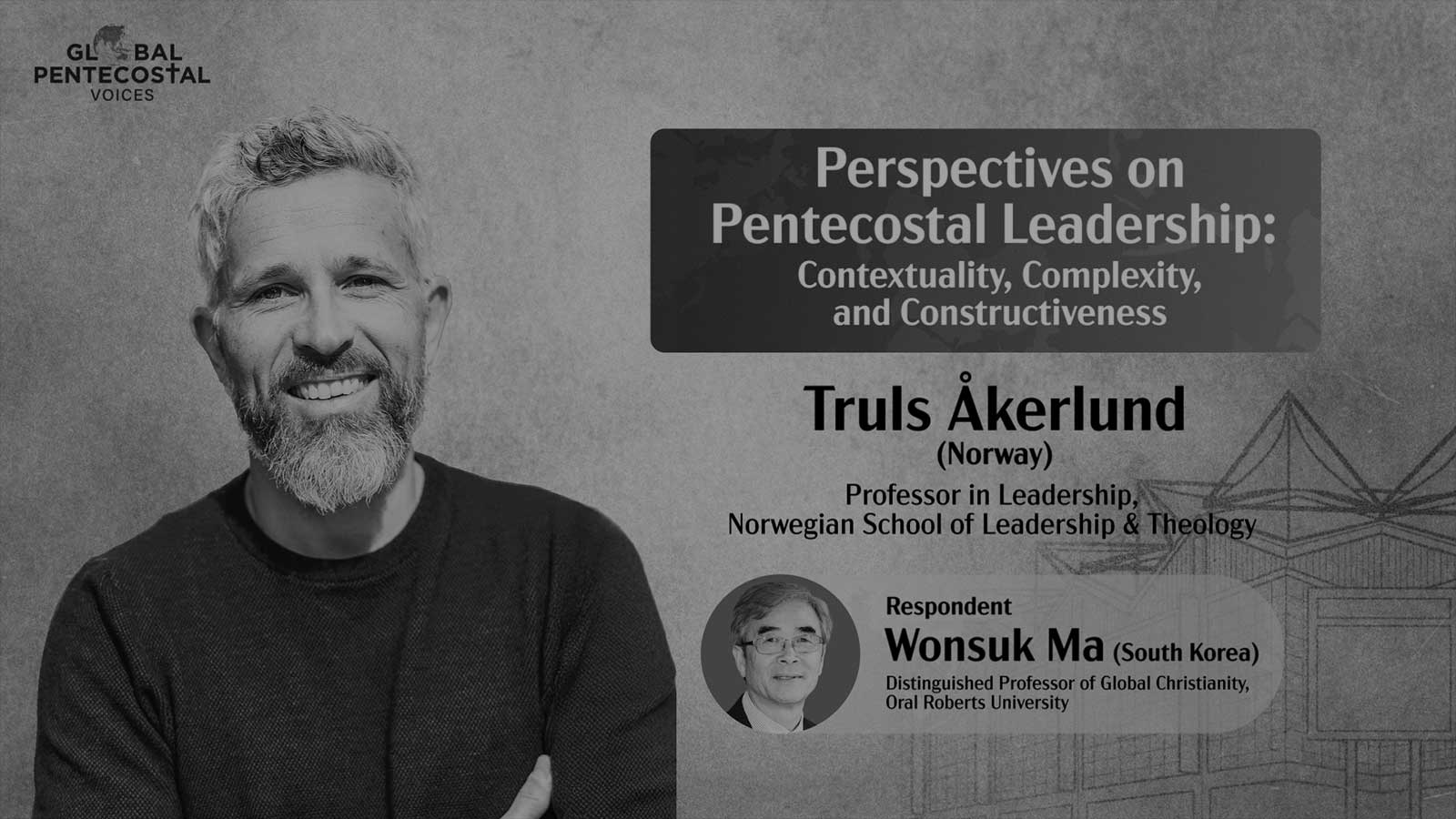
Leadership is a complex phenomenon that cannot be easily defined as a single concept. Still, it is often understood as a set of social processes that influence people towards common goals—an approach that I will follow in this study. Drawing from general leadership theory and research on Pentecostal leadership, I will emphasise the interaction between leaders, followers, and the spiritual dimension, leading to a constructivist perspective on leader-follower relationships. The article will first address leadership in various settings, emphasising the need to contextualise leadership in different cultures, but also keeping an analytical distance to avoid dominating discourses that break with Christian perspectives. Second, I will discuss the complexity in Pentecostal leadership, especially the collaboration between divine and human interventions, the dialectic connection between agency and structure, and the ambivalence and tension between leaders and followers in ecclesial settings. Finally, I will highlight the constructive relations between leaders and followers. While leaders hold a formal position, leadership is also a social phenomenon effective only if it makes sense to church members, implying that the leader’s task is not to create everything from scratch but to build relationships and draw from the resources and spirituality present within the congregation.
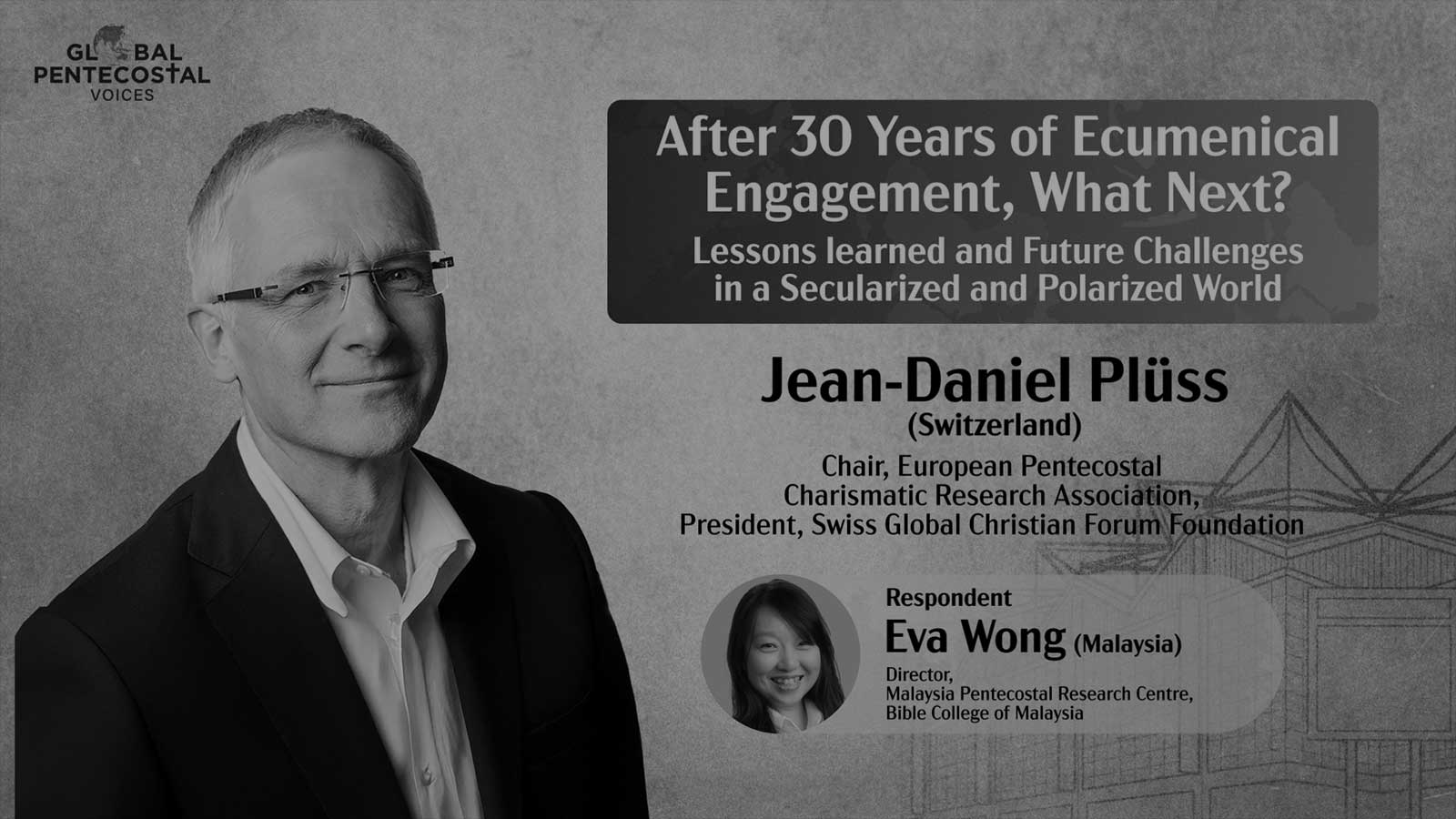
Having been involved in various ecumenical dialogues over the past three decades, I have gained some important insights. Much progress has been made, yet the question remains: How can we, despite our diverse histories and identities, live and function as the Church together? Secularising tendencies in our societies that bring about new challenges, especially in the large urban centres. For the sake of a credible Christian witness, we need to be able to address common concerns together. There are fundamental spiritual desires that are not met in a secular context. The Christian churches have the opportunity to respond to these human yearnings, to a void that is felt, and present the Good News of Jesus Christ in relevant ways. Furthermore, as we live in increasingly pluralistic societies, we witness a growing polarisation of attitudes. This is evident in one-sided nationalist agendas and a discourse rooted in fear. The ecumenical work done so far can serve as a bridge for a common Christian witness “so that the world may believe.”
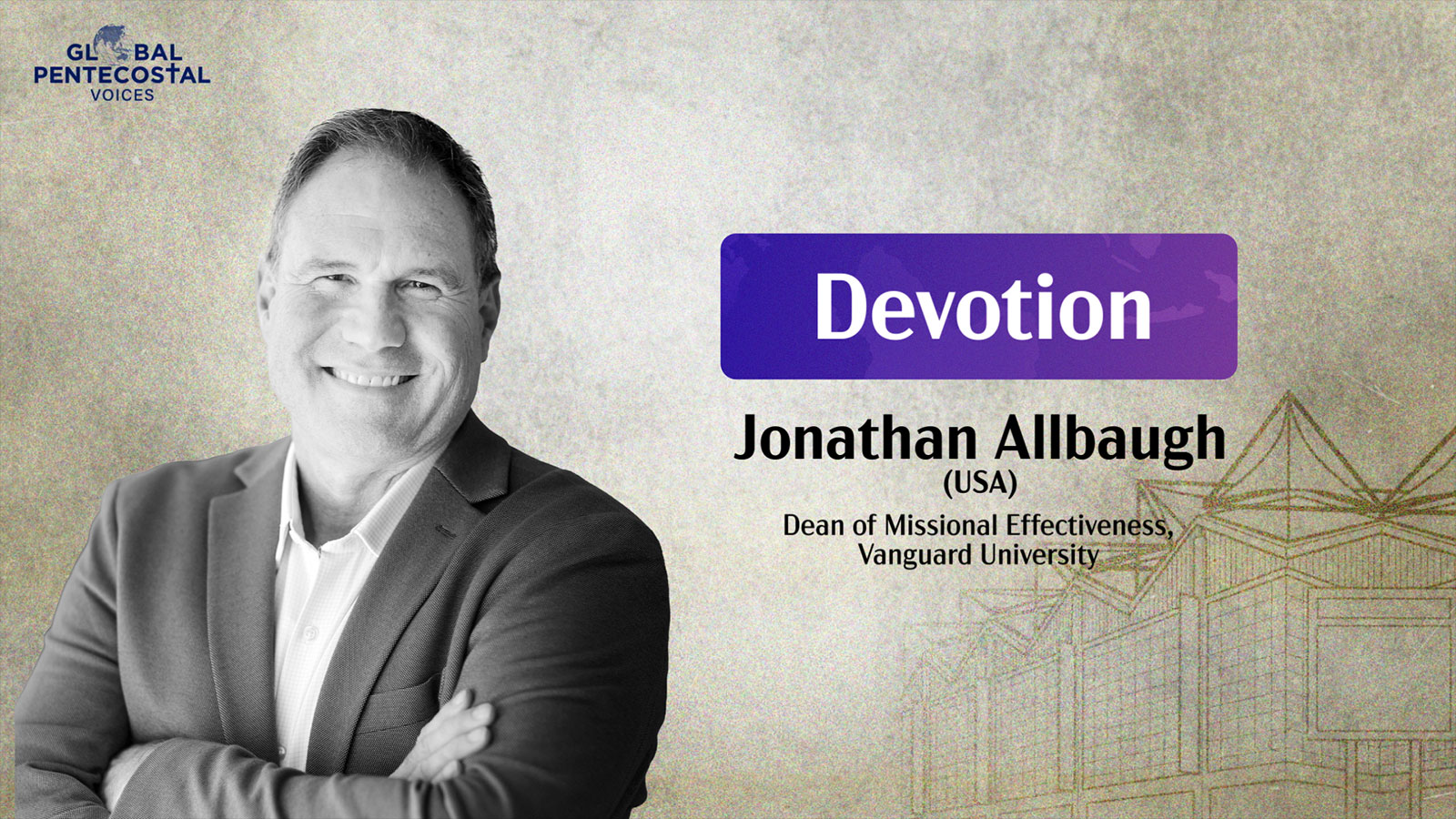
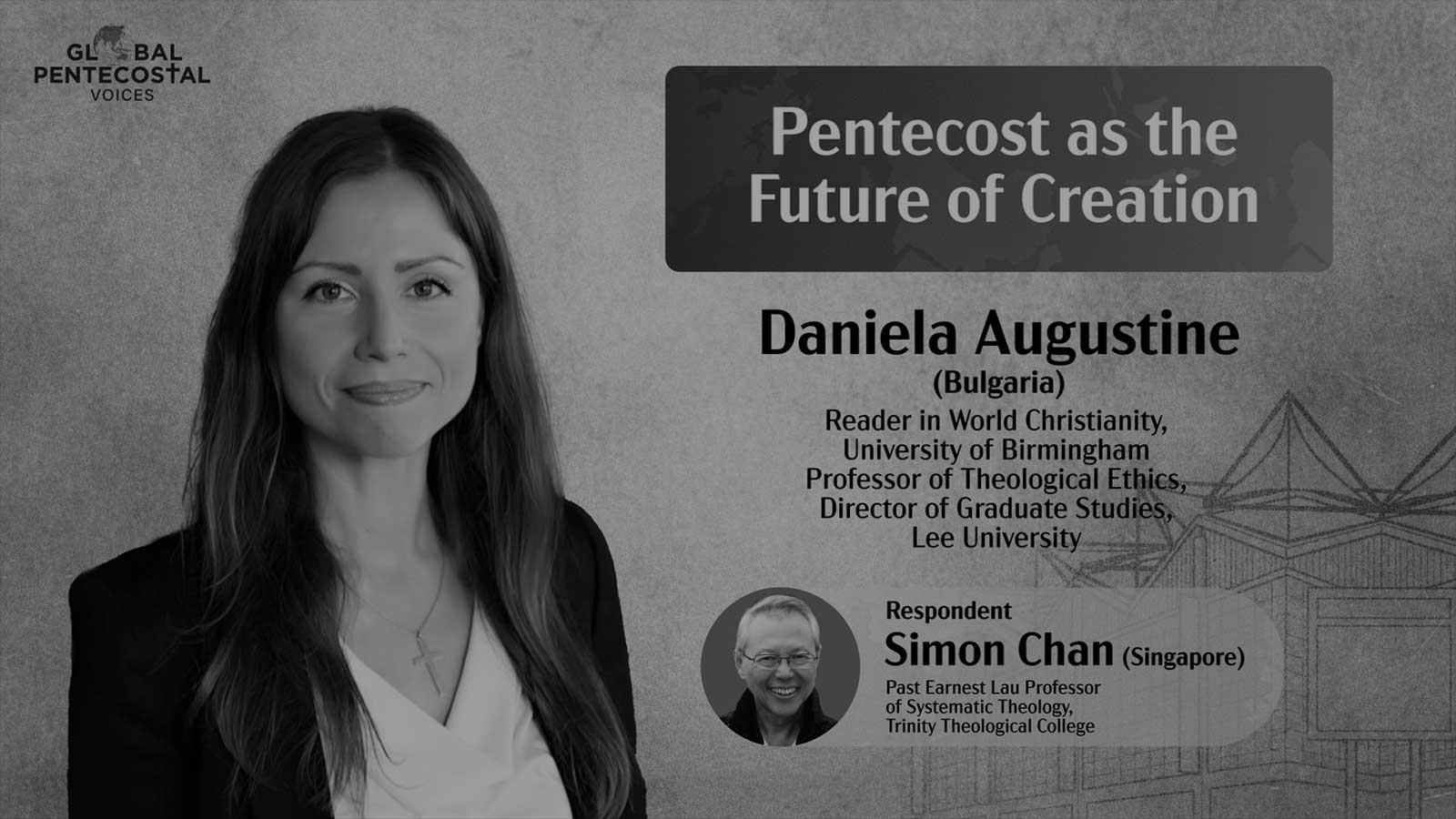
This presentation discusses the event of Pentecost as the future of humanity and the rest of creation. It upholds a vision of Pentecost’s cosmic reach, stretching from the very act of creation to the eschaton. The presentation asserts that everything in creation—every speck of dust, every particle of matter, including the human body in all its intricate complexity—is created to be joined to the Spirit; in other words, created for Pentecost. In light of this assertion, the presentation will spotlight human ontology, affirming that from the beginning, humanity is created as a charismatic creature in the image and for the likeness of its prototype and telos—Christ, the Spirit-bearer. In continuity with this understanding, the presentation will proceed with a reflection on the Church, the Spirit-bearing communal body of Christ, as an ongoing Pentecost. As such, the Church embodies the eschatological destiny of all creation in which Christ is “all in all.” This is an eschatological glimpse of the Church circumscribing the cosmos as one grand, charismatic, ecclesial macro-anthropos, covering the earth with the worship of God.
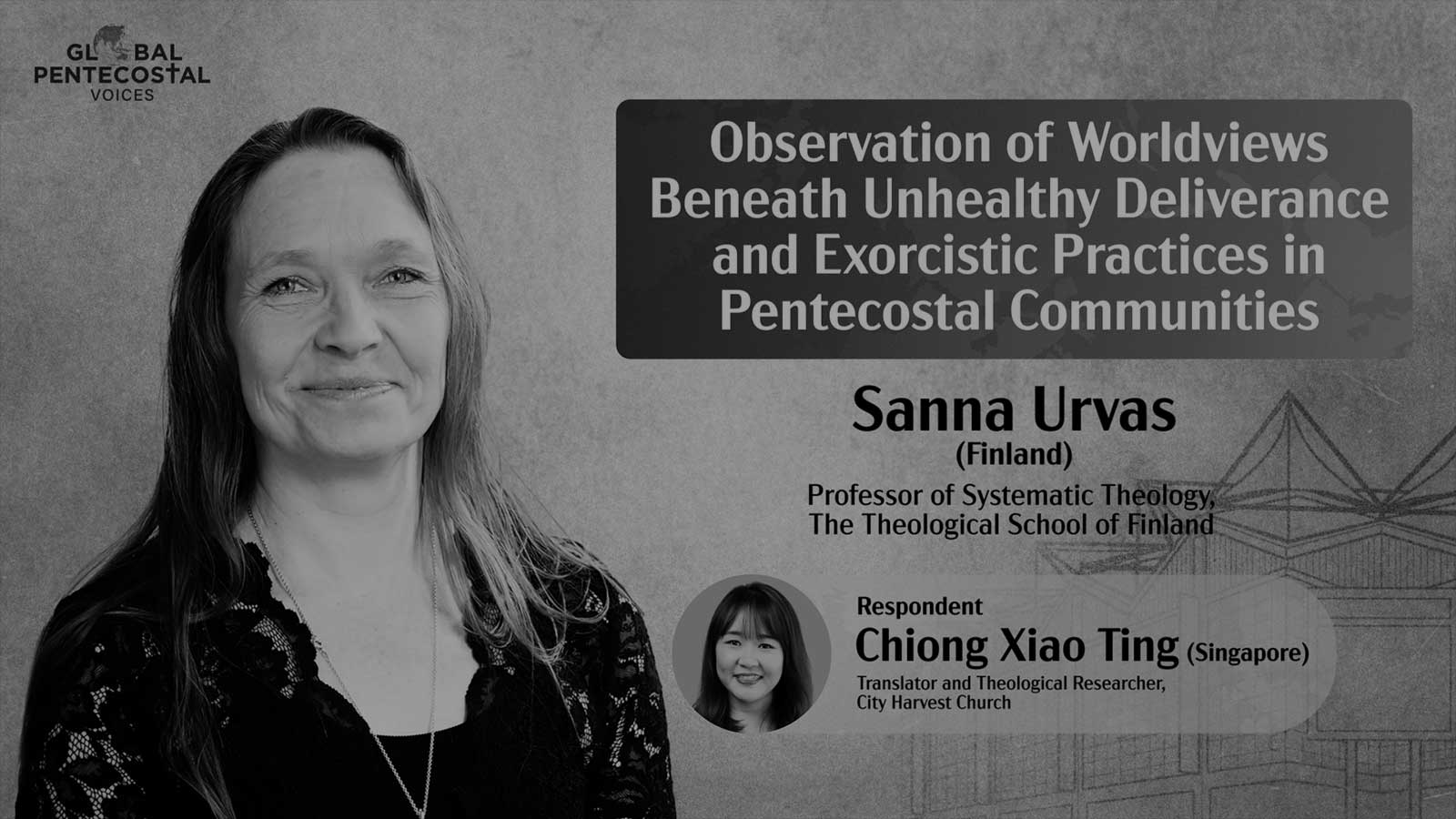
Pentecostal communities believe in the power of the Holy Spirit in a healthy and empowering way. However, beliefs about the power and influence of demons—especially over Christians—often lead to unhealthy practices within deliverance and exorcism ministries. This paper examines selected worldviews underlying these beliefs, which distort the biblical trust in the love and sovereign care of God for his own people. These observations examine Platonist dualism and the warfare worldview, which have become prevalent among Pentecostals and Charismatics, alongside the hermeneutical analysis of Michael Heiser’s Divine Council perspective. Within these worldviews, there are systems that do not rest on a biblical foundation. For example, the spiritual legal system that underlies interpretations of curses and demonic presence is based on a hermeneutical methodology which prioritises human experience over biblical authority. The aim of this paper is to establish sound principles for both theological and exegetical hermeneutics.
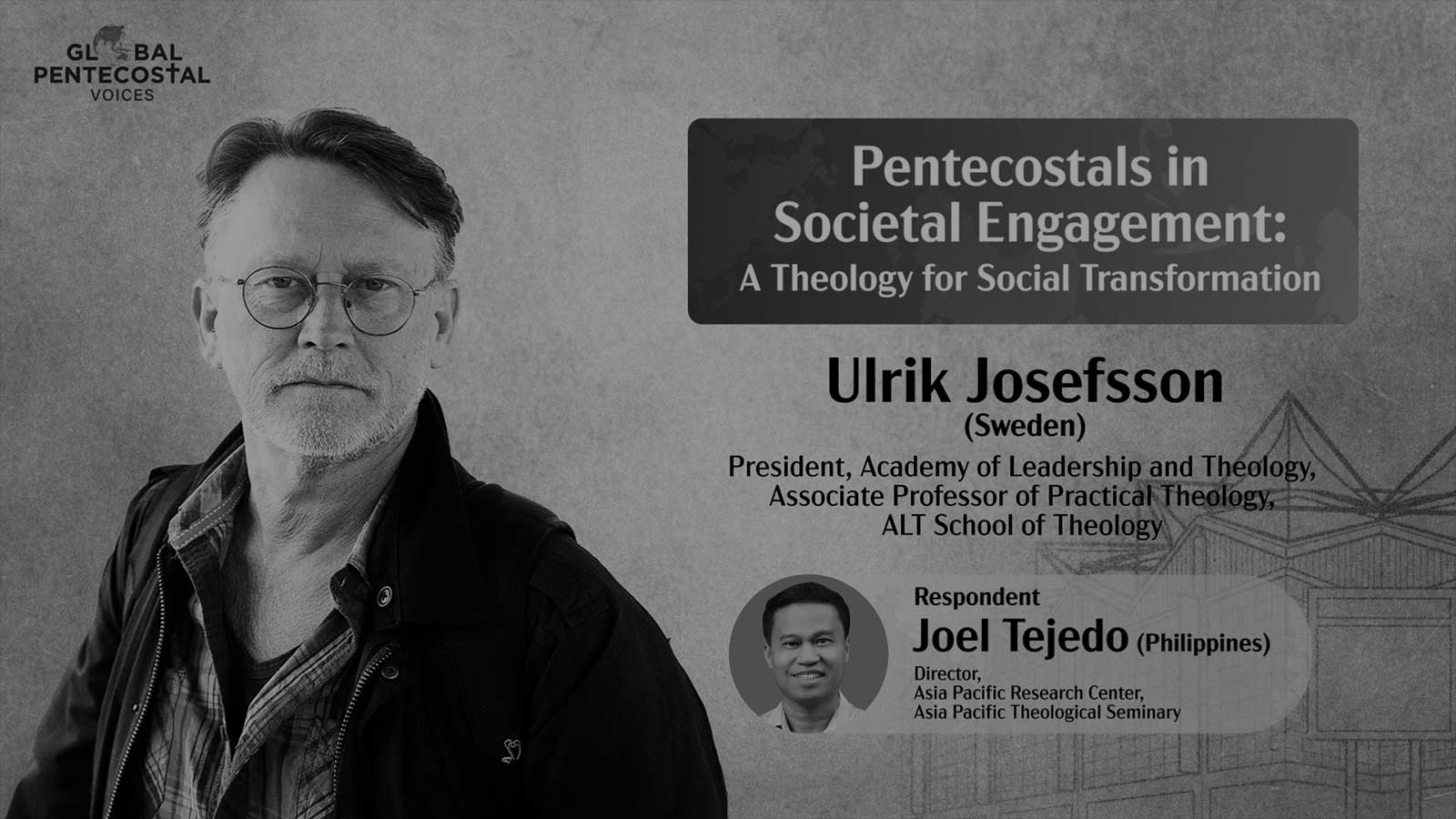
The Christian faith is formed around Jesus. That is obvious when reading the Apostles’ Creed where the second article is significantly longer than the others. Faith in the Pentecostal tradition is even more Christ-centric with the formulations around the full gospel as an example. Jesus is the centre of the theological understanding. Pentecostalism gives attention to the Spirit, as doctrine, sign, and experience, but when we peel the onion, layer by layer, we find Jesus everywhere and in every layer—of course, as the foundation of statements, but also as a lived example and the core of experience. His transformational presence is unique but can also function as a theological paradigm for Christian life in this world. The aim of this paper is to investigate how Christian presence and engagement in society can be understood as incarnational and transformative. Pentecostalism is, in many ways, a practical and concrete type of religion. Some scholars have described it as entrepreneurial, active, or practical. For Pentecostals, faith is not merely an idea but a lived experience. In this sense, it is faith taking concrete form, or in other words, incarnational. Moreover, Pentecostals are eager to see radical change. Salvation, for them, means becoming a new creation; Spirit baptism fills believers with new power and possibility; the Church is the redeemed alternative community. The whole spirituality is about change, development, or transformation. The main question is: How can Pentecostal social engagement be understood as incarnational transformation?
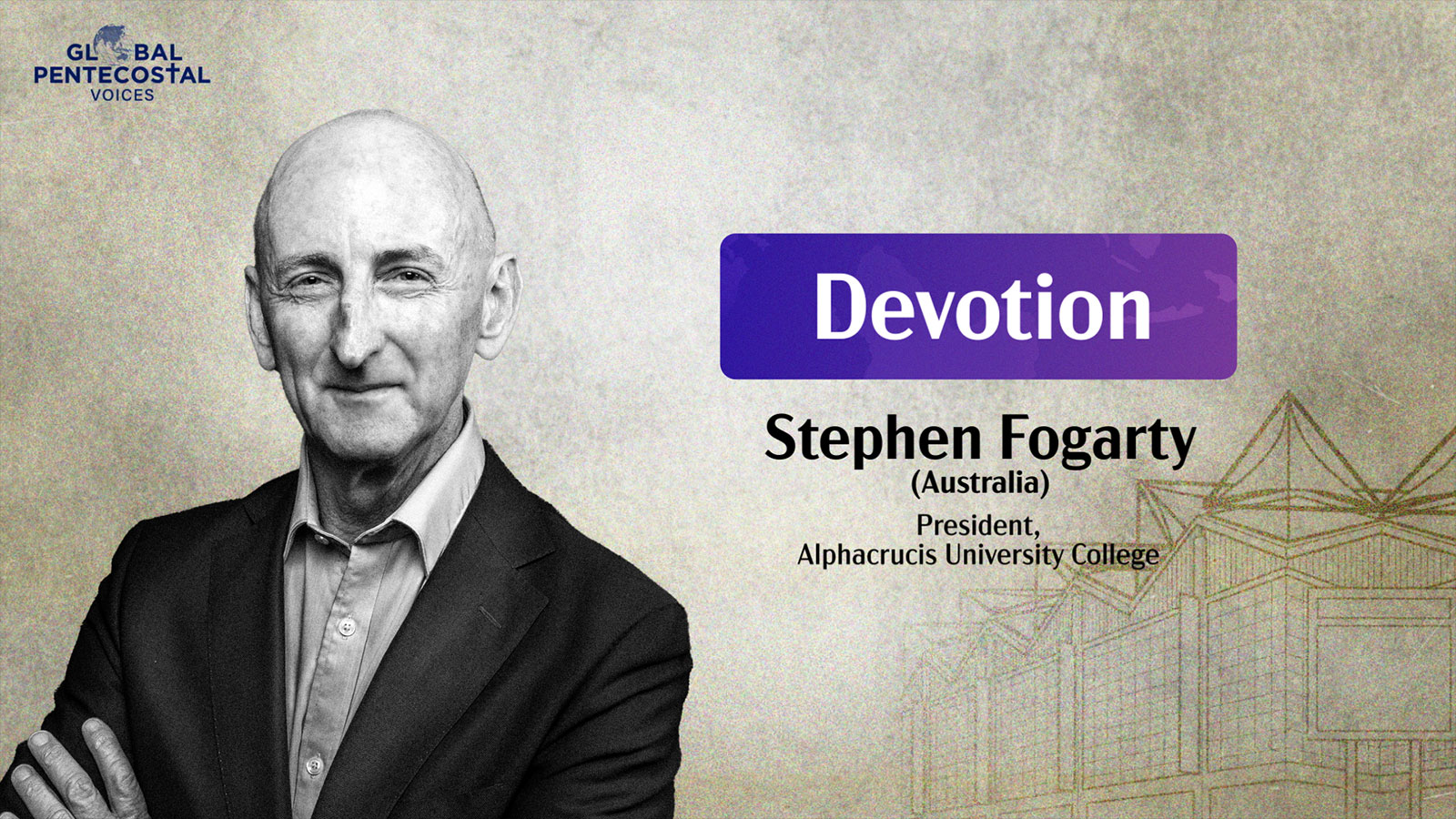
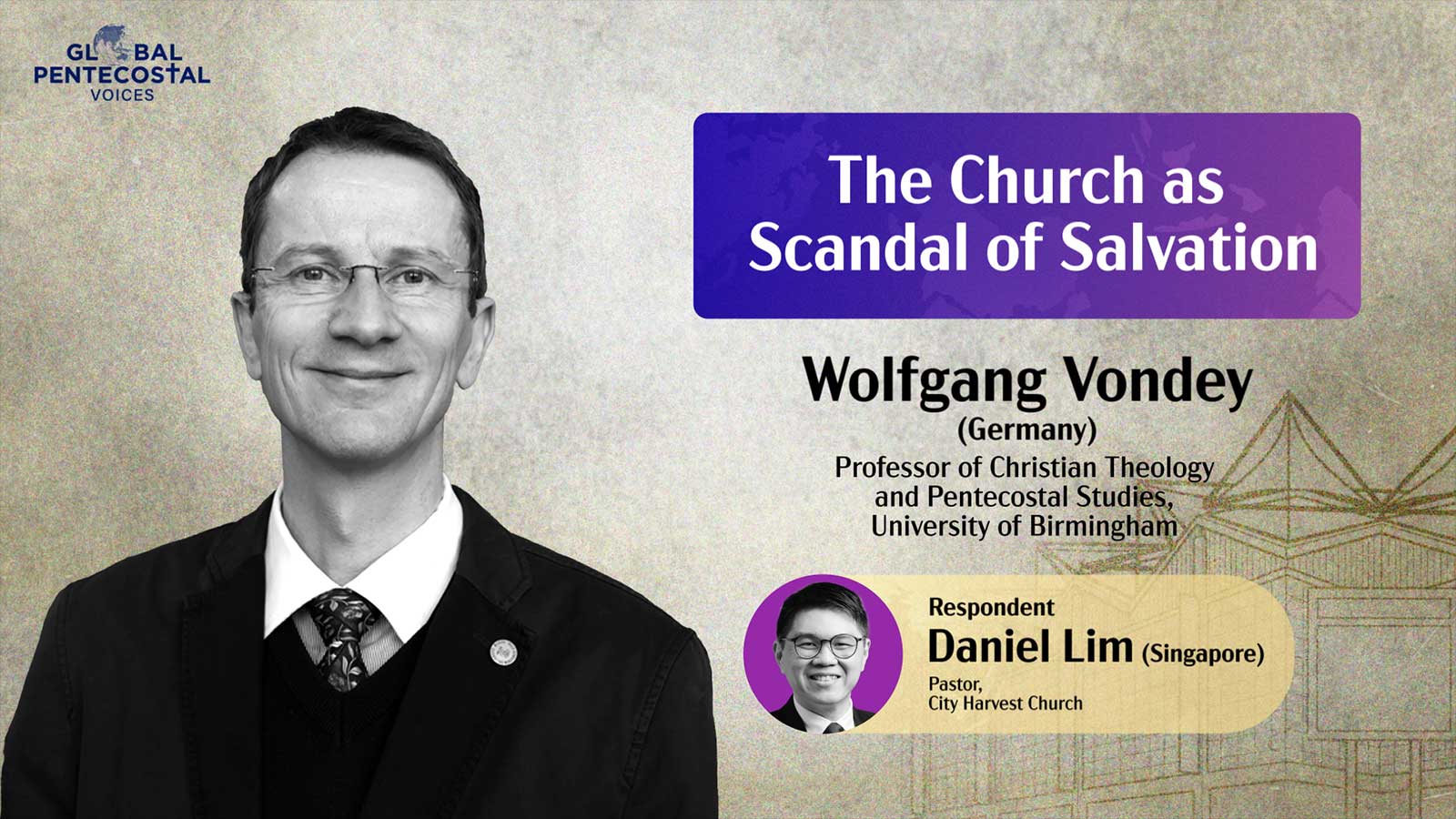
This presentation raises the question of the continuity of the Church with the life of Jesus, that is, what the Scriptures call the scandal of Christ. The use of the term “scandal” is derived from the Greek skandalon as used in the New Testament. In its ancient usage, the root of the term identifies the “means whereby one closes something” and refers to the mechanism sealing a trap to which the bait is mounted. The trigger is the stick or the stone preventing the trap from closing, but once removed, along with the bait, the victim is caught and unable to escape. A typical use of this image in the New Testament is to translate skandalon as “stumbling block,” a metaphor which is applied repeatedly to Jesus and to the gospel. The story of Jesus exhibits a striking pattern of division, culminating in the public scandal of his criminal trial and crucifixion. In turn, this scandal that forms the core of the Christian gospel is itself portrayed as a “stumbling block” to Jesus’ followers, Jews and Gentiles alike. However, very few studies have examined the meaning of this scandal, identified how it works or explored its consequences for the life of the Christian community today. This presentation examines how exactly the scandal of Christ continues to function in the life of the apostolic community and, by extension, in the Church today. It proceeds in four steps: (1) an explanation of the scandal found in the gospel of Christ, (2) the identification of the mechanism of the scandal, (3) an exposition of how this mechanism continues in the church at Pentecost, and (4) a discussion of the way the Church today can endorse this scandal and how this task reflects the challenges the churches face in today’s world.

The Church is the spiritual community of the seeing ones. It has been called “out of darkness into his (God’s) wonderful light” (1 Pet. 2:9). This community consists of “children of the light and children of the day” who “do not belong to the night or to the darkness” (1 Thess. 5:5) but have the obligation to “live as children of light” (Eph. 5:8). The one who provides this environment of light, enabling the church to see, is the person and work of the Holy Spirit. In contrast with the previous state of blindness, the Spirit guides, speaks, teaches all things, reminds what was said, and reveals what is yet to come (John 14, 15, 16). Therefore, the scriptural contrast between darkness and light is not simply implying the transition from the state of unbelief to the state of belief. Instead, this enlarged perspective rather reveals the effect of a Spirit-led sight empowerment. This ability to walk with insight and discernment could be defined as pneumatological quality. Scripturally and in practice, we find this truth especially important for times when this “light-and-day” defined community goes through adversity and persecution. Ecclesiological seeing is possible through a pneumatological mindset. From its conception until modern times, this mindset has helped the church not only to survive afflictions but thrive spiritually. This is how the three painful effects of persecution—“the split consciousness,” “the split faithfulness,” and “the split leadership”—have been and will be overcome.
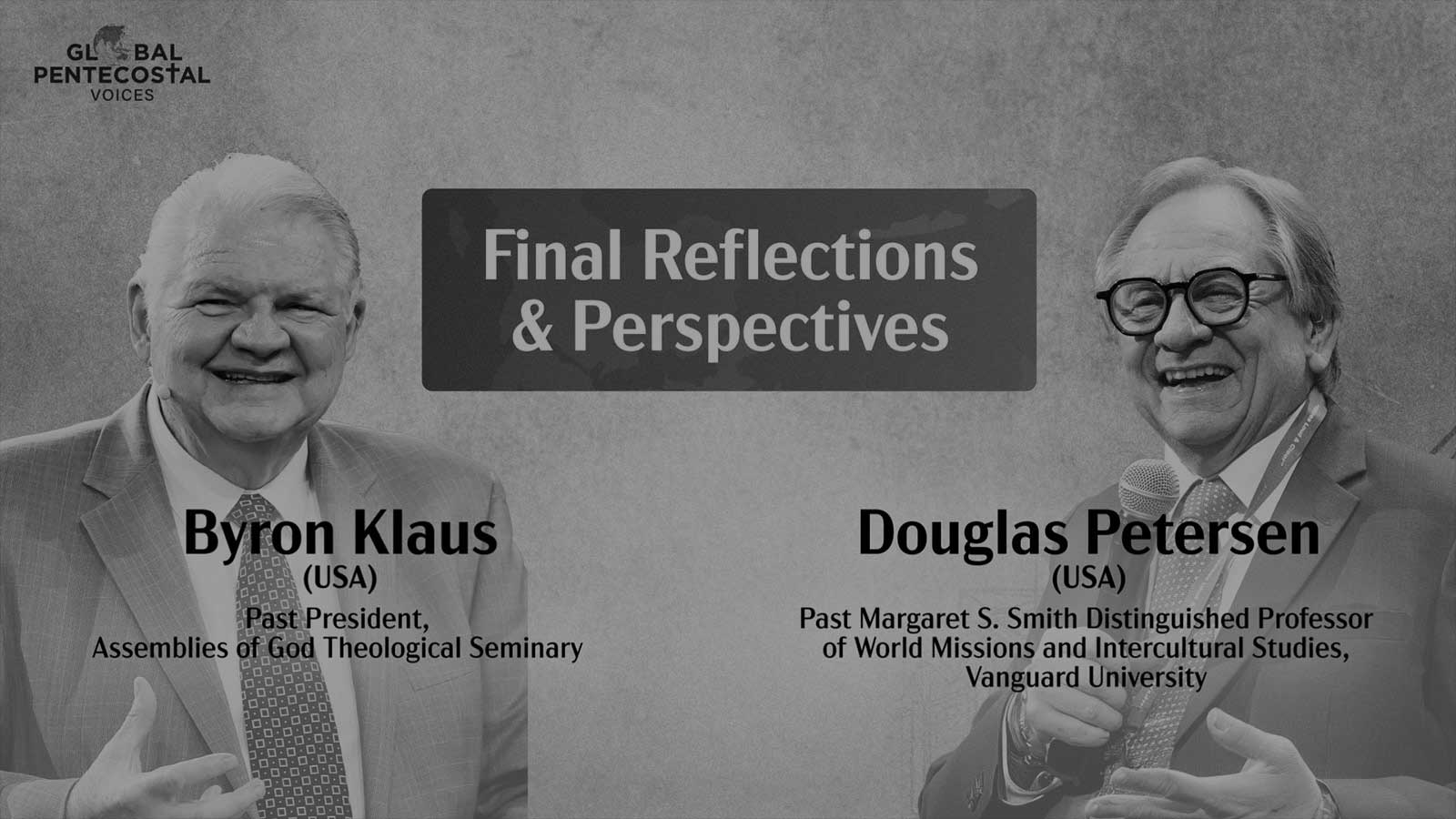
© 2025 City Harvest Church. All Rights Reserved.